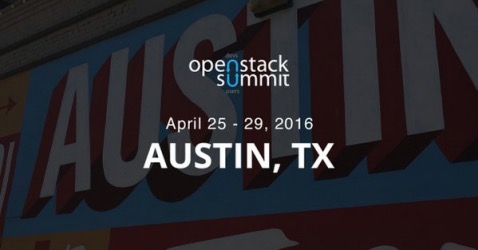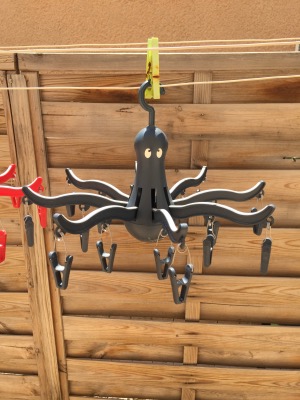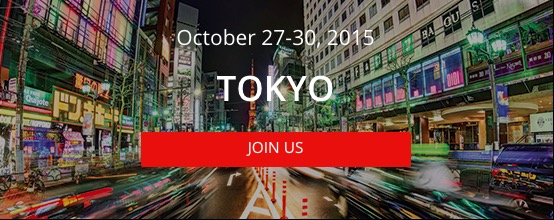OpenStack Summit Austin: Time To Vote

The summit is almost there and it is time to vote for the presentation you want to see :).

The summit is almost there and it is time to vote for the presentation you want to see :).

I have been waiting for this feature for more than a year and it is almost there! This likely brings us one step toward diskless compute nodes. This “under the hood” article will explain the mechanisms in place to perform fast and efficient Nova instance snapshots directly in Ceph.

Configure a Nova hypervisor with more than one backend to store the instance’s root ephemeral disks.

With this article, I would like to take the opportunity to thank you all for voting for our presentation. It is always with a great pleasure that we will give you the last updates of Ceph developments happening in OpenStack.
Ceph talks coverage at the next OpenStack summit:

Yet again and for the second time this year, it is time to vote for summit presentations :). Self promotion ahead :).
As always, Josh and I will present the newest addition of Liberty for Ceph in OpenStack. I don’t want to spoil to much but what I can tell you is this cycle is doing well and most of the wanted features would likely land in Liberty. So if you want to see all the amazing things that happened during this cycle:
This presentation will be a follow up on Dude where’s my volume? talk from Vancouver.
Thanks in advance for your votes and support :).

It is possible to attach readonly volume to a virtual machine.

This feature is pretty old (introduced in the Havana cycle if I remember correctly), I just never got the chance to play with it. However I believe this feature could benefit to many users. Let’s see how we can get the best of it.

Following my best Kilo’s additions selection, today I will be introducing the Glance image conversion. This feature was discussed at the last OpenStack summit in Paris, you can access the etherpad discussion. Before you get all excited, let me tell you first that the patch introduced during this Kilo cycle is the first of a series. So do not get disappointed if it does not fit your needs yet (and it probably won’t…). Now if you are still inclined reading the article let’s jump in!

Kilo has been released last week. This blog post is the first of a series that will demonstrate some nifty new features.
Managing cloud images life cycle is a real pain for public cloud providers. Since users have the ability to import their own images they can potentially introduce vulnerabilities with them. Thus the cloud operators should be able to deactivate (temporary) an image to inspect it. Later operators can reactivate it or just remove it if they believe the image is a threat for the cloud environment.
Another use case, as well is for cloud image updates, while performing the update of an image the operator might want to hide it from all the users. Then when the update is complete he can reactivate the image so the users can boot virtual machines from it.

Bonjour, bonjour ! Quick post to let you know that my talk submission has been accepted, so I’d like to thank you all for voting. As a reminder, our talk (Josh Durgin and I) is scheduled Tuesday, May 19 between 11:15am - 11:55am.
Also note that the summit has other Ceph talks!
See you in Vancouver!